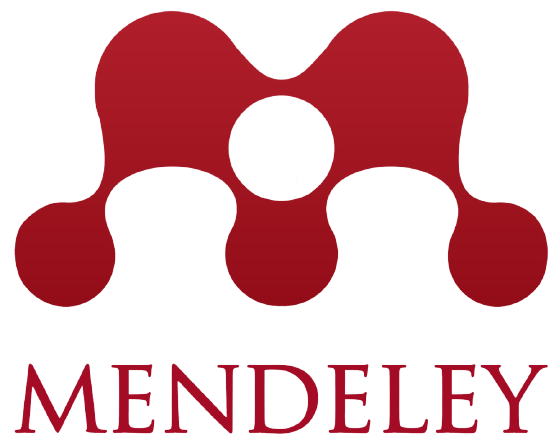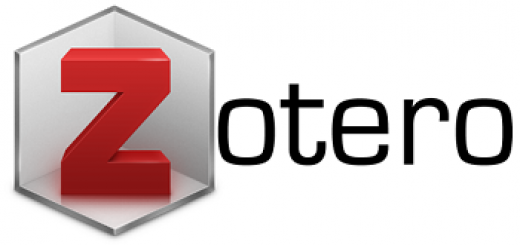PROBLEMATIC INTERNET USE (PIU) IDENTIFICATION USING THE BIOPSYCHOSOCIAL MODEL APPROACH IN EMERGING ADULTHOOD
Abstract
Individuals with Problematic Internet Use (PIU) who use the internet excessively, it gave the causes of the difficulties to control using the internet and bad impact of physical and mental disorder. The research aims to show the relationship among biological, psychological, and social factors with PIU so it can be created some relation model which explain about this phenomenon. Simple random sampling is a sampling technique used of this research. Subjects used of this research were 403 individuals who were in the age of emerging adulthood. Data collection method used in this research is PIU and bio psychosocial scale which consists of three parts are biology, psychology, and social. Based on the data processing, a relationship model among biology, psychology, social, and PIU where the relationship model has a chi square score of 0.102 with a probability score of 0.061, a CMIN / DF score of 1.518, a GFI of 0.919, an AGFI of 0.971, a CFI equal to 1.00, TLI of 0.90, and the score of RMSEA 0.072 so the model was proposed as strong and acceptable category. The model shows strongest relationship is the relationship between social and PIU was 0.47, psychology with PIU was 0.22, and biology with PIU was 0.12.
References
Azwar, S. (2011). Penyusunan Skala Psikologi. Yogyakarta: Pustaka Pelajar.
Caplan, S. E. (2010). Theory and Measurement of Generalized Problematic Internet Use: A Two-step Approach. Journal Computers in Human Behavior,26, (5), 1089-1097.
Ferdinand, A. (2002). Structural Equation Model 2th.ed. Semarang: Seri Pustaka Kunci.
Hussain, Z., & Griffiths, M. D. (2008). Excessive use of Massively Multi-Player Online Role-Playing Games: A Pilot Study. International Journal Mental Health Addiction, 7, 563-571
Lawyer, E. J., Yoon, J., & Thye, S. R. (2000). Emotion and Grup Cohesion in Productive Exchange. American Journal of Sociology, 106, 616-657.
McKnight, D.H., Kacmar, C. J., & Choudhury, V. (2004). Dispositional Trust and Distrust Distinction in Predicting High and Low Risk Internet Expert Advice Site Perception. E-service Journal, 3, (2), 35.
Nelson, L. J., & Barry, C.M. (2015). The role of Self-Classification as an Adult. Journal of Adolescent Research, 1, 113-120.
Parisa, N., & Leonardi, T. (2014). Hubungan antara Problematic Internet Use dengan Social Anxiety pada Remaja. Jurnal Psikologi Keperibadian dan Sosial, 3 (1), 44-51.
Reinaldo, Y. A. S. (2016). Mahasiswa dan Internet: Dua Sisi Mata Uang? Problematic Internet Use pada Mahasiswa. Jurnal Psikologi, 43, (2), 107-120.
Sarafino, E. P., & Smith, T. W. (2014). Health Psychology: Biopsychosocial Interactions. USA: Wiley.
Soliha, S. F. (2015). Tingkat Ketergantungan Pengguna Media Sosial dan Kecemasan Sosial. Jurnal Interaksi, 4, (1), 1-10.
Sugiyono. (2015). Metode Penelitian (Pendekatan Kuantitatif, Kualitatif, dan R&D). Bandung: Alfabeta CV.
Young, K. (2009). Understanding Online Gaming Addiction and Treatment Issues for Adolescents. The American Journal of Family Therapy, 37, 355-372.












 This work is licensed under a Creative Commons Attribution-ShareAlike 4.0
This work is licensed under a Creative Commons Attribution-ShareAlike 4.0